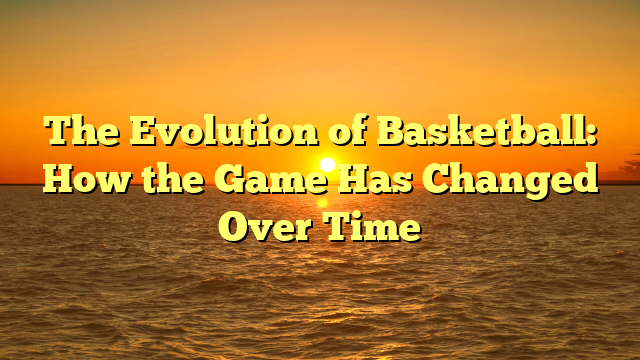
The COVID-19 pandemic brought unprecedented challenges to the global economy, and the luxury fashion industry was no exception. As lockdowns, supply chain disruptions, and shifting consumer priorities took hold, the sector was forced to adapt rapidly. What emerged was a transformed landscape, marked by new trends, innovative strategies, and a redefined relationship between luxury brands and their customers. Here’s a closer look at how the pandemic reshaped the luxury fashion industry.
**1. The Rise of Digital Transformation**
With physical stores closed and consumers confined to their homes, the luxury fashion industry accelerated its shift toward digital platforms. E-commerce, once a secondary channel for high-end brands, became a lifeline. angsa4d invested heavily in online shopping experiences, from virtual showrooms to augmented reality (AR) fitting tools. Social media platforms like Instagram and TikTok also became crucial for brand engagement, with live-streamed fashion shows and influencer collaborations driving sales. This digital transformation not only helped brands survive but also opened new avenues for reaching younger, tech-savvy audiences.
**2. The Shift to Casual and Comfortable Fashion**
The pandemic fundamentally altered how people dress, with comfort taking precedence over formality. Luxury brands responded by reimagining their collections to include elevated loungewear, relaxed tailoring, and versatile pieces that could transition seamlessly from home to outdoor settings. Cashmere tracksuits, oversized knitwear, and slip-on sneakers became staples in high-end wardrobes. This shift reflected a broader cultural change, as consumers prioritized practicality and comfort without sacrificing style.
**3. Sustainability as a Core Focus**
The pandemic heightened awareness of environmental and social issues, prompting luxury brands to double down on sustainability. With reduced production schedules and a focus on quality over quantity, many labels embraced circular fashion principles, such as upcycling, resale programs, and rental services. Brands like Gucci and Burberry introduced initiatives to reduce waste and carbon emissions, while others explored innovative materials like bio-fabricated leather. This focus on sustainability resonated with consumers, particularly younger generations who value ethical practices.
**4. The Decline of Traditional Retail and the Rise of DTC Models**
The pandemic accelerated the decline of traditional brick-and-mortar retail, as foot traffic plummeted and consumers turned to online shopping. In response, many luxury brands adopted direct-to-consumer (DTC) models, bypassing wholesalers to build stronger relationships with their customers. This shift allowed brands to control their narratives, offer personalized experiences, and maintain higher profit margins. Pop-up stores and experiential retail concepts also gained traction, blending the physical and digital worlds to create immersive shopping experiences.
**5. The Resurgence of Localism and Craftsmanship**
As global supply chains faced disruptions, luxury brands began to emphasize local production and craftsmanship. This trend not only ensured greater supply chain resilience but also appealed to consumers’ growing appreciation for artisanal quality and heritage. Brands like Hermès and Chanel highlighted their commitment to craftsmanship, showcasing the skill and dedication behind their products. This focus on localism also aligned with the broader cultural shift toward supporting small businesses and preserving traditional techniques.
**6. The Challenge of Overstock and Inventory Management**
With canceled fashion shows and reduced consumer spending, many luxury brands faced the challenge of overstock and excess inventory. To address this, some turned to discounting, while others explored innovative solutions like limited-edition drops and capsule collections. The resale market also gained momentum, with platforms like Vestiaire Collective and The RealReal offering pre-owned luxury items. This shift not only helped brands manage inventory but also tapped into the growing demand for sustainable and affordable luxury.
**7. The Evolution of Consumer Values**
The pandemic prompted a reevaluation of consumer values, with a greater emphasis on purpose-driven brands and meaningful experiences. Luxury shoppers began to prioritize quality, longevity, and emotional connection over conspicuous consumption. Brands that aligned with these values, whether through sustainability initiatives or philanthropic efforts, were able to build deeper loyalty with their customers.
In conclusion, the pandemic served as a catalyst for change in the luxury fashion industry, pushing brands to innovate and adapt in unprecedented ways. From digital transformation and sustainability to the rise of casual luxury and localism, the sector has emerged stronger and more resilient. As the world continues to navigate the post-pandemic era, these trends and innovations will likely shape the future of luxury fashion for years to come.





